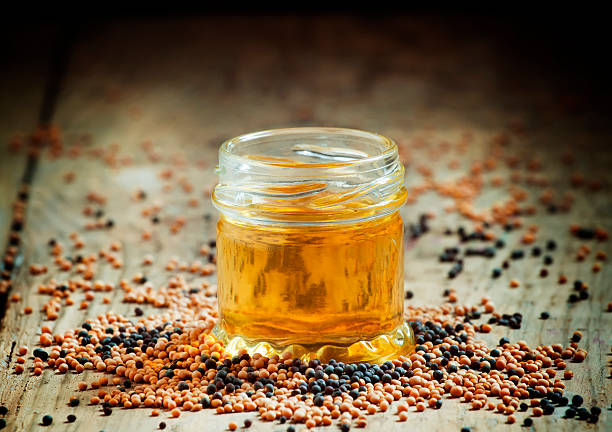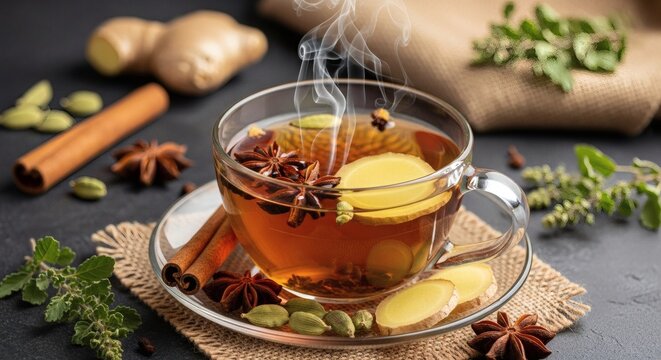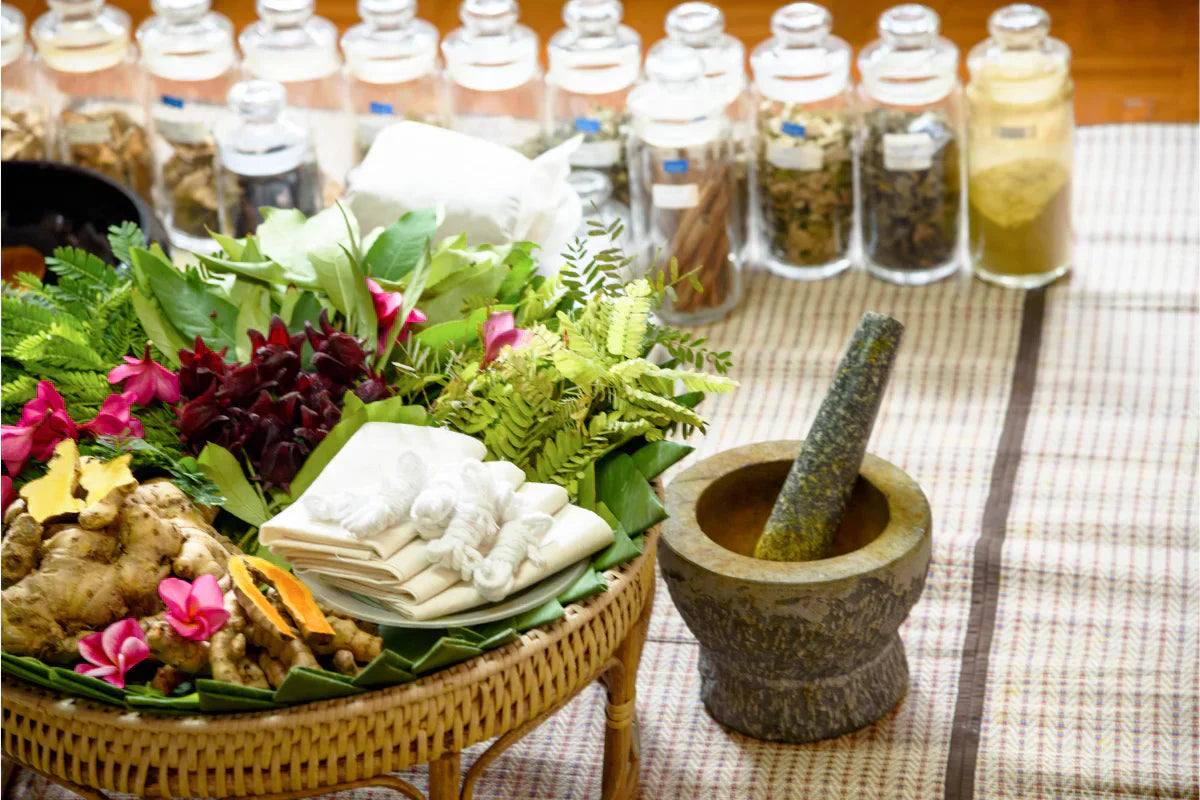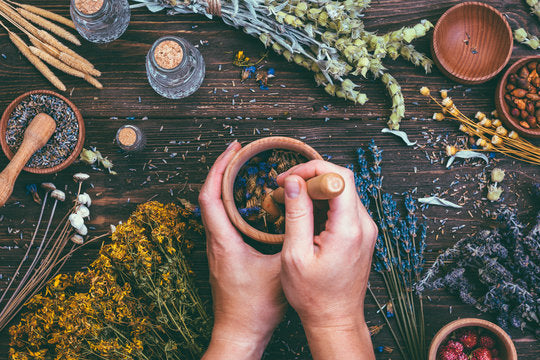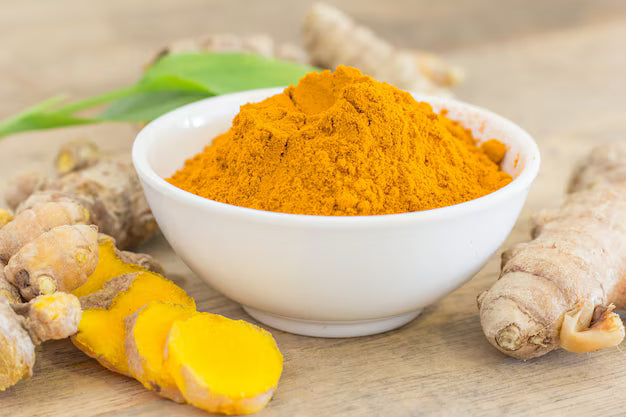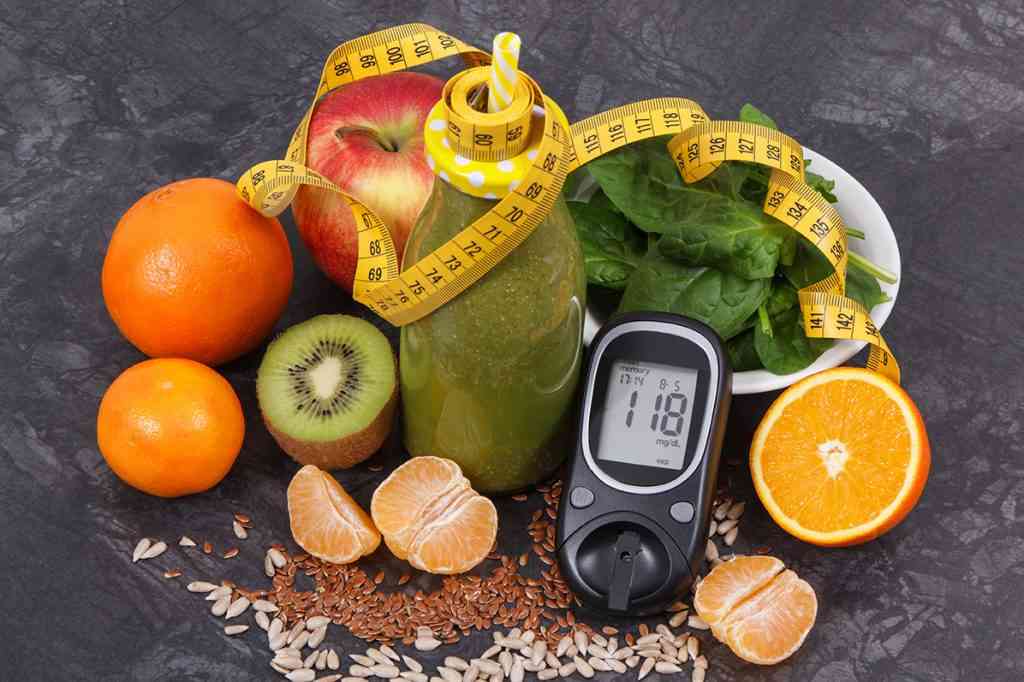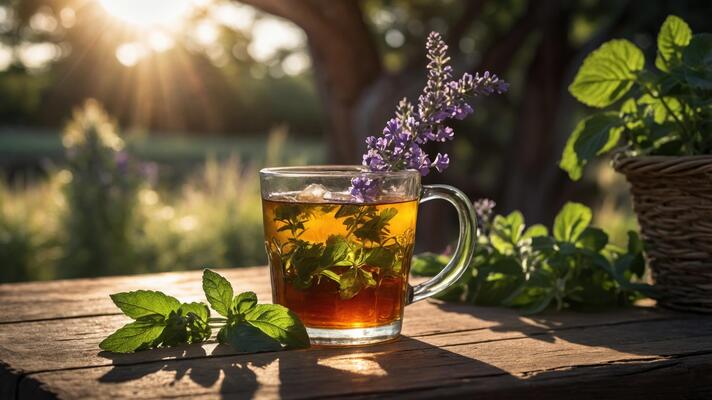Why is it important to know your Doshas and how to balance them?
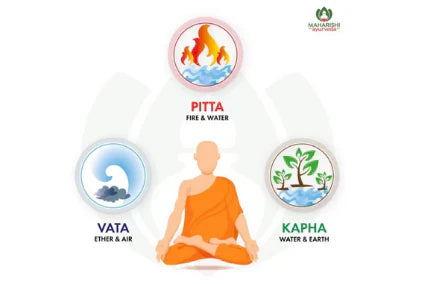
Ayurveda is an ancient science that goes back 5000 years to the Vedas. It is a system of healing that examines physical constitution, emotional and spiritual outlook in the context of the universe. As per the philosophy, the world constitutes five elements, i.e., space, air, fire, water, and earth. These energy patterns are known as doshas, and they are present in every cell, every tissue, every organ in our body. They govern all the body’s processes, from bodily functions to our thoughts and feelings.
All of us are made of a unique combination of these three forces. Everyone has some of each, but most people tend to have a surplus of one or more doshas. This combination is determined at the moment of conception. As you move through life, each of the three doshas constantly fluctuates according to your environment, diet, and many other factors. As they run out of balance, the doshas can affect your mental, emotional, and physical health. Hence, it is crucial to understand in detail.
The science of three Ayurvedic Doshas
The three primary doshas are wind or Vata, fire or Pitta, and water or Kapha. We are born with all the three doshas but they come together differently in each one of us. It is a unique combination that makes us who we are. Basically, every person has one primary form of dosha that makes up his or her constitution.
The Vata Dosha
Vata means wind, which is why it is known for having the quality of wind and space. Vata, like the wind, is the force of communication in the body, influencing the other two doshas.
The function
Vata is responsible for the body movement, expression of speech, circulation of the blood, elimination of waste, and regulation of the immune and nervous system. If you have dominant Vata, you tend to have low body weight. Your physical frame is thin and slender and you often suffer from dry skin, poor circulation, cold hands, and feet. People having Vata dosha are dynamic in nature and like changes.
When in balance
It brings comfortable movement, regular breathing, a consistent appetite, healthy bowel function, positive enthusiasm, good energy, a calm mind, and innovative ideas.
When out of balance
With an excess of Vata, you may lose weight, experience pains, numbness, dry skin, dehydration, excessive bloating, indigestion, and insomnia. If Vata is less, you may feel lazy and become increasingly fearful and anxious. Vata, if not appropriately treated, can bring diseases such as osteoporosis and arthritis in the future.
Best way to balance your Vata
You can balance Vata by bringing more warmth and stability into your life. Some options are staying warm at all times, keeping a regular sleep pattern, and following the Vata Dosha diet.
Vata dosha diet
- Warm foods with moderately heavy texture are suitable for stabilizing Vata.
- Take more warm milk, cream, butter, warm soups, stews, hot cereals, freshly baked bread, raw nuts, and nut butter.
- Herbal tea also helps with snacks in the late afternoon.
- All sweet fruits are great for Vata.
- Warm drinks or hot water is best for Vatas.
- Avoid cold foods like salads, iced drinks, raw vegetables, and caffeine.
The Pitta Dosha
The Pitta dosha balances two seemingly opposing doshas, i.e., Vata and Kapha. Together, they regulate digestion, metabolism, and hormones.
The function
Pitta dosha’s primary purpose is to control heartbeat, hormone levels, body temperature, visual perception, thirst, and skin quality. It’s also responsible for liver function and healthy digestion. If you have a dominant Pitta, then you tend to have a medium height, weight, and delicate skin. People with predominant Pitta dosha are charming and charismatic, with a love of attention to detail. They’re also sharp-witted, able speakers, and good decision-makers.
When in balance
A balanced Pitta brings a healthy appetite, the right production of hormones, intelligence, courage, a glowing complexion, and sharp eyesight.
When out of balance
If Pitta increases in the body, it causes an aversion to heat, a bitter taste in the mouth, heartburn, high blood pressure, fever, and skin rashes. If Pitta is less, it brings Vata and Kapha into the body, which results in poor digestion and coldness. Sometimes they can suffer anger, frustration, and irritation.
Best way to balance your Pitta
Pitta can be adjusted with the opposing qualities of calm, coolness, compassion, and moderation. In particular, not skipping meals, favoring ‘cooler’ foods, and opting Pitta dosha diet.
Pitta dosha diet
- For imbalanced Pitta, take cold refreshing foods in summer or hot weather, like salads, milk, and ice cream.
- Herbal teas, vegetarian foods, milk, and grains pacify people with imbalanced Pitta dosha.
- Avoid pickles, sour cream, cheese, alcohol, egg yolks, nuts, hot spices, honey, and hot drinks.
- Have less spicy and oily food.
The Kapha Dosha
Kapha holds the body together by moistening the stable structures of the body. It primarily resides in the stomach, but it also manages the chest, throat, head, lymph, and pancreas.
The function
Kapha gives stability to the body by helping to hold cells together and form muscles, fat, and bone. It also has the qualities to enhance the brain, the joints, the lungs, and heart, as well as the protective lining of the stomach. If you have dominant Kapha, then you tend to have broad shoulders and hips, oily skin, and thick hair. You have excellent stamina, and enjoy a stable appetite and regular digestion.
When in balance
If Kapha is balanced in the body, then it gives a person physical and mental strength.
When out of balance
When Kapha is excess, then it can lead to a wet cough, congestion, sluggish digestion, and an excessive desire to sleep. If not resolved, it can lead to heart problems, diabetes, high cholesterol, or obesity.
Best way to balance your Kapha
You can balance Kapha by increasing the amount of movement you do, staying warm, avoiding dampness, and taking a Kapha dosha diet.
Kapha dosha diet
- Take more warm, light, and dry foods.
- Kaphas do best with lightly cooked foods or raw fruits.
- Any spicy food is good for Kaphas, especially in winter.
- Avoid too much sweet or fatty foods.
More rarely, but possible, is an equal balance of all three doshas in one person – Vata-pitta-Kapha. Maharishi Ayurveda products help you achieve that by eliminating imbalance from the most fundamental level of life, pure consciousness and re-establish the natural interconnections of consciousness and physiology, behavior and environment. To understand more about doshas and how these can affect your wellbeing, speak to our Vaidya today at 18001020230.
Popular Posts

Intermittent Fasting vs Detox: What Your Body Is Really Asking For?
07 Jan, 2026Have you ever woken up feeling tired even after a full night’s sleep?Or felt bloated, foggy, and ...
Read more
Do Ayurvedic Facial Oils Clog Pores? The Truth About Non-Comedogenic Herbs
31 Dec, 2025Introduction — Oils Aren’t the Enemy, Imbalance Is Oils themselves are not the cause of acne o...
Read more
Ayurveda Isn’t ‘Slow’: It Deep-dives to Build Lasting Health
26 Dec, 2025Introduction — Ayurveda Works With Nature, Not Against It Ayurveda is often perceived as ‘slow...
Read more



 Popular Read
Popular Read





































